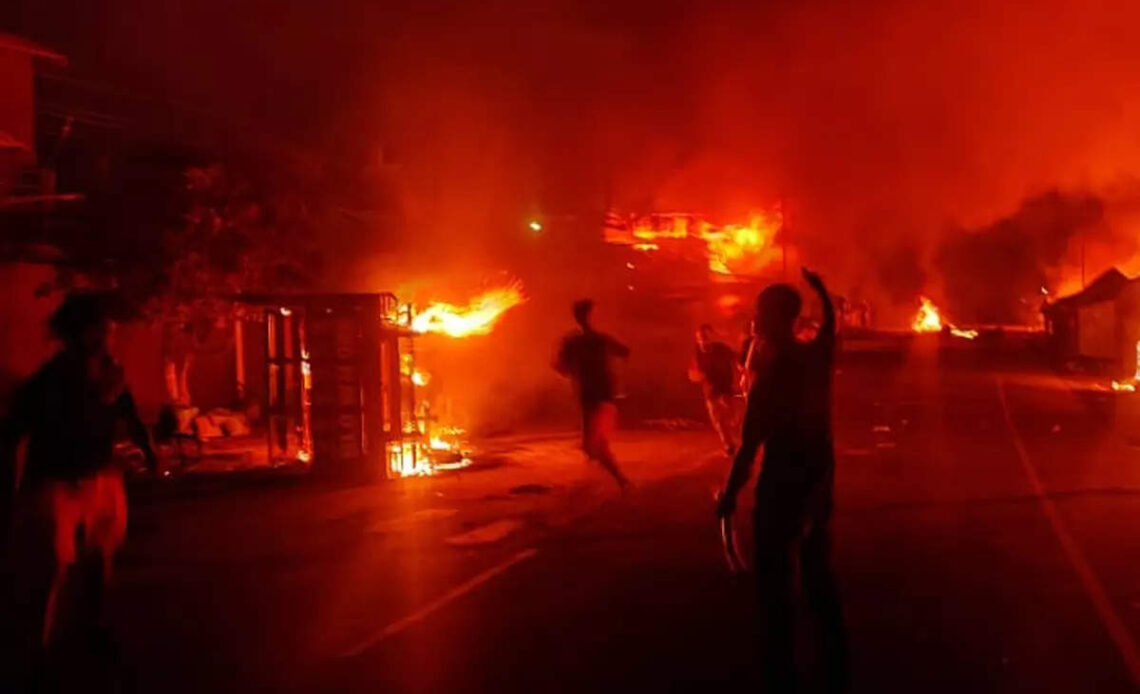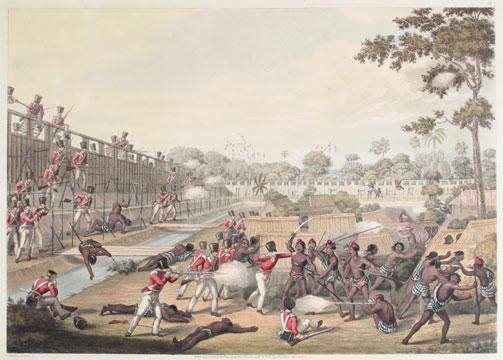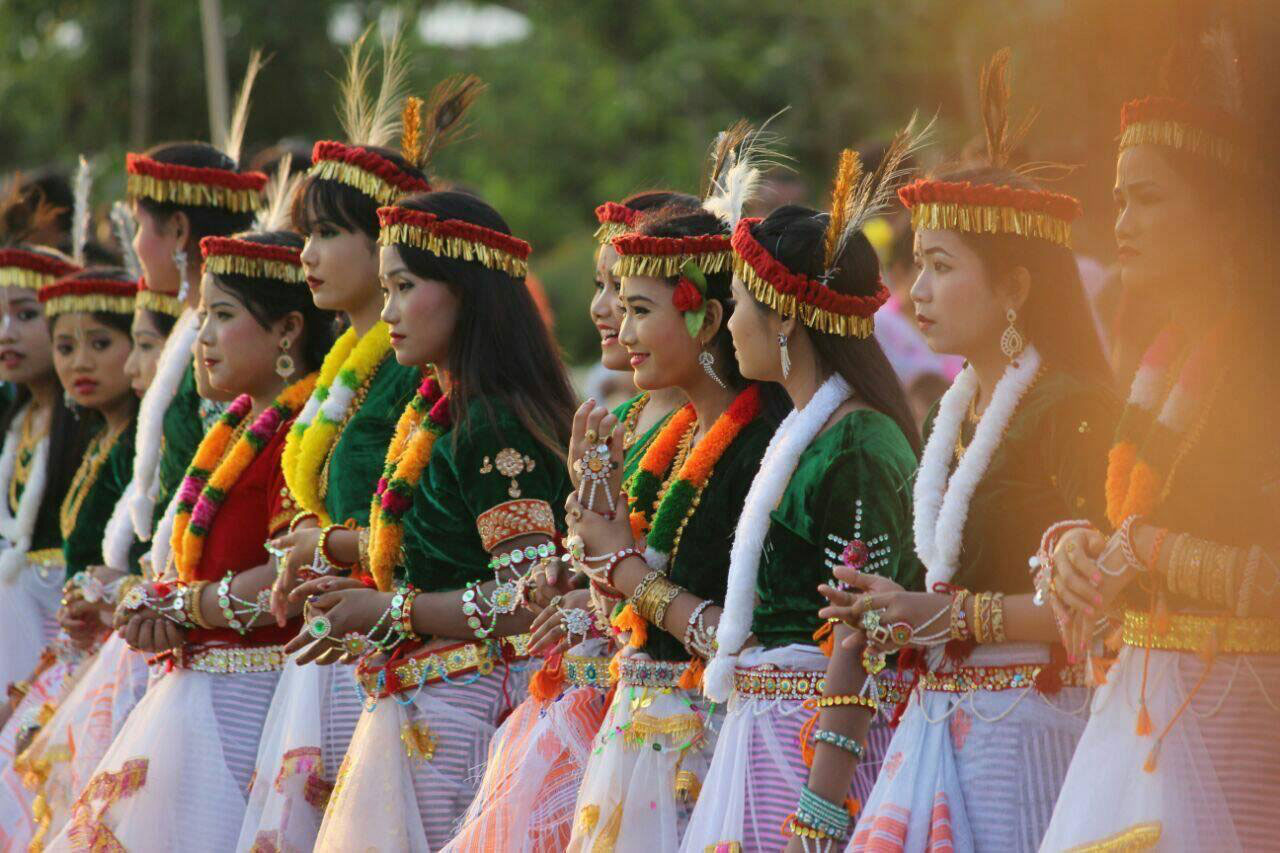
A few weeks ago, heavy violence broke out in the state of Manipur. The situation was so severe that the centre had to send in its forces, all other states had to evict out their people living in Manipur and Olympian Mary Kom literally uttered “My state is burning” while urging the Prime Minister for help. However, the news neither got as much traction as it should have nor did it remain in the news circle for long; which by the way is not a surprising thing in the pathetic media ecosystem (GODI MEDIA) that we live in. So, in this Blog, I would be discussing in depth the whole situation, the whole historical and the social aspects of it.
The Composition of Manipur
In Manipur, 90% region comes in the Hilly areas and 10% comes under the valley region. The Meitei community is the majority community in the state with around 60% living in the valley areas. Kuki and Naga tribes, who live in the hills and comprise around 35% population. While Meitis are both Hindus and Muslims, the majority Hindu though, the Kukis and Nagas are majorly Christians. In fact, there are several tribes within these two communities.
The Meitei community previously had the ST status, however, it was taken back in 1949 (I will talk about this in detail ahead). Their Metei language is the official language of the state and is also one of the 22 scheduled languages in the country. In the 60-member legislative assembly of the state, 40 come from the Meitei-dominated valley region (despite being much smaller in the area) and only 20 from the hill region dominated by tribes. Now, this very easily makes sure that the majority of the power always lies in the hands of the Meitei people including the Chief Ministers (the current CM too).

The Tribal Solidarity March in Churachandpur district of Manipur (Photo: The New Indian Express)
The Sequence of Events
The current unrest started after the Biren Singh-led BJP government started a move of evicting the people from the forests citing the ‘protection of forests’. The locals alleged that they are being “forcefully evicted” from their houses. They also started peaceful marches against the government order. On the other hand, the government called these protests “unconstitutional” and claimed that the eviction was done only after a proper forest ‘survey’. It also alleged that some locals are doing “drug business” using the forest land.
Meanwhile, the Manipur HC had directed the state government to consider the inclusion of Meitei among the ST community. This drew heavy backlash from the other tribes in the state. After this, the All Tribal Student Union Manipur (ATSUM) called out a Tribal Solidarity March. But this solidarity march was not just any other simple protest march. Here, tribal villagers from different villages came loaded in buses and trucks to participate in the march. The local bodies even forced the total shutdown of markets and public transport to ensure the maximum number of demonstrators take part in the protest.
The most serious effect was the outrage seen in Churachandpur — which also happens to be the second-largest town in the state after Imphal — where people defied all prohibitory orders and took a huge rally till Tuibong. The protests soon turned violent, and a mob also vandalised the whole gym which was to be inaugurated by CM Biren Singh. The violence reached its tipping point after a rumour spread that a tribal woman has been killed by the Meitie community. This was followed by more severe violence and further stringent prohibitory orders. Central forces were also sent into the state by the Home Ministry. Internet was shut down, Section 144 was imposed and shoot-at-sight orders were issued.
Not just that, the centre even invoked Article 355, after which the “whole administration comes under the control of the centre”. In other words, it is just one step less than “dismissing” a state government (Article 356). This in itself is a very serious and worrisome indication of the situation. So far, in the violence, over 9000 people have been displaced from their villages. around 60 people have been killed and close to 250 have been injured. And, despite all the assurances and claims of the government, the situation continues to remain tense on the ground.

Heavy violence and arson broke out in Manipur (Photo: News 18)
The Issue of ‘ST Status’
The Metei community used to have the ST status till 1949, but it was taken back citing the community as ‘majority’. Now, since 2013, they have been demanding back the ST status. However, the Kukis and Nagas tribes feel insecure about the granting of ST status. They say that Meiteis are already the majority community. They are more powerful and resourceful. They also have the majority of political powers in the assembly. So, these tribes fear that if ST status is granted, their own representation and power will get further dwindled in the state and will make them irrelevant.
Now, on the other hand, we also have to take a look at why the Meitei community is demanding the ST status in the first place if they are already in the majority in the state. If we go by the Scheduled Tribe Demand Committee Manipur (STDCM) which is spearheading the movement; alleges that due to the immigration of people from Myanmar, Bangladesh and other states, they have themselves become a minority in the state. In their words, “Our demand is not just for reservation in jobs, educational institutions, and tax relief…but more to protect our ancestral land, culture and identity from being threatened by illegal migration from Myanmar, Bangladesh and people outside the state”.

First Anglo-Burmese War (Photo: Lost Footsteps)
Manipur’s Complex History
Historically Manipur region was ruled by the Meitei kingdom. It is believed that the Meitei people had come from Myanmar and established their kingdoms here. The tribal communities consisted of Kukis and Nagas, who used to live in the hill region. Historically, the Meities allegedly committed a lot of atrocities on the tribes to impose upon their culture and further expand their empire. This pressurisation led to a series of violent conflicts between the two communities. However, with time they also reached agreements; after this, the tribes provided the kingdom with forest goods and Kingdom provided protection to tribes from other attacks.
But this status quo changed in the period 1819-1825 when the Burmese empire (now Myanmar) invaded the Meitei kingdom and started imposing Buddhism and their own culture on the Meiteis and the tribals This period is known as ‘Seven Years Destruction‘. The situation finally changed in 1826, after the first Anglo-Burmese war in which the Britishers defeated the Burmese. This led to a series of economic and social changes in the region.
In 1835 the political agency was formed in Manipur, which was upgraded to a princely state in 1891. Under political agency, a British agent used to rule the region, while in the latter situation, the ruler was a Meitei king only who was under the umbrella of the British Empire and also paying monetary sums to it. But the problem arose when the Britishers did what they are best at…Divide and Rule!
The Britishers brought a Land Settlement Policy, under which the Meteis and tribes were allotted different pieces of land. There were two serious problems with this. Firstly; the land allotted was kept ‘fixed and permanent ‘, this didn’t allow the tribes to practice their culture and earlier style of living freely. Secondly; during the allotment, more fertile land was given to Meiteis and less useful lands to the tribal communities. This further created tensions between the two communities.

Photo: Maharaja Bodhchandra Ningthemcha Singh (Photo: WikiTree)
India’s Independence
At the time of India’s independence, Manipur was under the rule of Maharaja Bhodchandra Singh. So he had to take the call on whether Manipur would go with India, or Pakistan or remain independent. And…the king chose the last option. But here awaited another interesting twist in the story. Manipur was very important for India from a strategic point of view for two major reasons. Firstly; Manipur bordered Myanmar and China, so very important for security concerns. Secondly; there was an uprising of the Communist movement so India needed to be watchful.
Finally, after many sets of agreements the King did sign a merger with India. However, it is alleged that the king had not signed the merger “willingly”, but was instead “forced” to do so. As per the allegations, when the King had gone to Shillong to meet Assam Governor in 1949, he was put under house arrest and was allowed to come out only after signing the merger. Now, it shouldn’t be surprising for anyone that this didn’t go down well with the local people in Manipur.
The next set of problems was regarding the demands of different communities. The Naga tribes wanted that Manipur along with some parts of Arunachal Pradesh and Assam should get merged with Nagaland. The Kukis wanted all the Kuki-dominated areas of India, Myanmar and Bangladesh to form a separate country named ‘Zale’n-gam’. Now, it was very problematic as the claims of both Kukis and Nagas coincided in many regions. The Meiteis, on the other hand, wanted a separate Manipur state with complete control of the Meiteis including in the hill regions (which belonged to tribes as I described above).
The Indian government took a different step altogether, which however didn’t go as per the likings of the communities. Manipur was made a Union Territory. Plus, the ST status was taken back from the Meiteis (as I said above). The Meiteis were also not allowed to buy lands in the hill regions of tribals, which however was not the case vice versa. Also, the Kukis and Nagas were instead provided with the ST status. Finally, in 1972, under the North Eastern Areas (Reorganization) Act 1971, Manipur was made a proper state with legislative assemblies.

The rich culture of Manipur (Photo: Caleidoscope)
The Structural Cracks remain…..
The problems, however, continue on not one but multiple fronts. The Kukis and Nagas have always alleged that this has led to Meitei-centric policymaking and ignorance and sidelining of the tribal communities. They often complain about being treated as “refugees” in their own state despite being native to the land for centuries. The Manipuri language — which was written in Bengali script — was also made the official language of the state and compulsory till class 10. Although, the tribals too spoke this language, but just because of the ‘Bengali’ script, they couldn’t read and write it properly.
On the other hand, the Meiteis too complain of being treated as outsiders. They allege that their population has got reduced from 59 pc to 44 pc and they feel threatened of losing their status. They have demanded an ‘Inner Line Permit’ system making it permit-based for anyone else to enter the state. But, the Kukis and Nagas have voiced against it fearing facing the brunt of the permit system themselves in moving around in their own state. As a result, the NH-2 and NH-37 which are supposed to be the glue between Manipur with other states of the country have become the medium for collecting “illegal taxes”, which are used for funding the insurgent groups.
However, it is not as if there is everything fine among Kukis and Nagas. There have been several violent clashes between them. In the 1990s, the Naga insurgent group NSCN (IM) targeted several Kuki villages where Nags were in the majority, for bringing all Nagas together for a separate ‘Nagaland’ state. The innocent Nagas were also targeted by the Kuki insurgent groups. So, this is one of the many examples to show that social cracks also exist between
Co-existence is the Way Forward
First of all, I feel it is a very sorry state of affairs that how easily we end up neglecting an INDIAN state even is such a serious situation. Here, I am not talking about just the government, but even we the commoners. This also shows the complex diversity of India and its implications that one should be caring for, in addition to being proud of. The only way forward from here is with co-existence and harmony between all the communities in Manipur. I personally believe that several grievances of the Meitei community, especially the land and immigration issue are valid, and at the same time, the fears of the tribal communities too are genuine. So, all of them should be brought to the discussion table, and taken into confidence before making any significant decision on the matter.
Here, the state, as well as the central government, deserves the blame for their “incompetence” in not understanding the gravity of the situation and the sensitivity of the social fabric in the state. The ‘ST status’ issue, the eviction drive and even the violence that broke out as a consequence; the government should have well been proactive regarding the aftermath. Now, I accept that the Congress party which ruled the state for the majority of the years also deserve a fair share of the blame. But as the state is under BJP for the last 6-7 years and the issue emerged in this period only, BJP will have to be answerable. Also, after this violence, the communities should understand that carrying the burden of past wounds wouldn’t be of any good. Instead, they should get over the ethnic faultlines and live together in harmony…only that can be the way forward.

